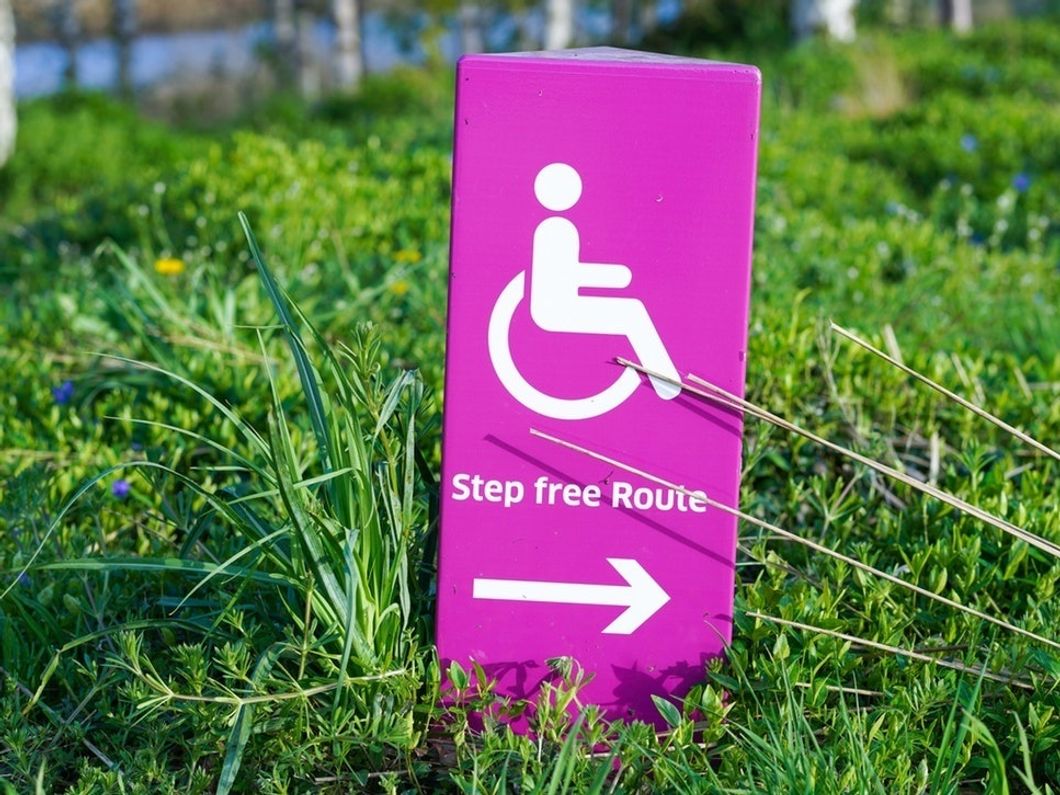Often, people with disabilities face issues of accessibility in life, whether be impaired vision or hearing, an intellectual disability or physical disability. Some solutions to disability barriers are more complex than others, but sometimes all it takes is being conscious of the needs of others. We are capable of and should all be willing to make necessary changes to allow individuals to enjoy more aspects of life.
According to the U.S. Census Bureau, there were nearly 40 million Americans with a disability in America in 2015, which represents 12.6 % of the civilian non-institutionalized population. Since people with disabilities are a minority in our country, their daily struggles often go unnoticed by others, and they may even struggle to voice their concerns depending on their disability.
It wasn't until 1990 the Americans with Disabilities Act (ADA) became a law which astonishes me considering people have had disabilities forever and it seems legislation finally decided to take legal action less than 30 years ago.
According to the ADA National Network site, "The ADA is a civil rights law that prohibits discrimination against individuals with disabilities in all areas of public life, including jobs, schools, transportation, and all public and private places that are open to the general public. The purpose of the law is to make sure that people with disabilities have the same rights and opportunities as everyone else."
It is important to not just think of accessibility as making an area fit for the use of someone in a wheelchair. Although this is still important to consider, we must also consider how individuals who are deaf can interpret messages, how people who are blind or visually impaired can read menus or medical instructions in small print on medicine labels.
As a society, we should strive to increase accessibility beyond ADA requirements. Just because a building may not be required to be entirely ADA compliant does not mean we should not make accommodations.
Some individuals believe that requiring businesses to meet ADA requirements is an unfair responsibility, but I believe it not only helps individuals with disabilities but also allows businesses to serve a more diverse population of customers.
People with disabilities face several different types of barriers. According to the Center for Disease Control and Prevention (CDC) site, the most common barriers are attitudinal, communication, physical, policy, programmatic, social, and transportation. I think we often think of physical barriers, but we should also consider our mindset about people with individuals. People without disabilities are sometimes quick to stereotype and/or assume that because someone has a disability their quality of life is poor. There is also a common belief that people with disabilities are less capable of doing things.
An example of how Longwood University could improve accessibility is by adding a van accessible parking space to the Longwood University Bookstore parking lot. The ADA requirement is to have two accessible parking spaces when the lot has more than 25 total parking spaces. The bookstore's lot has a total of 36 parking spaces and only one accessible parking space which is not van accessible, meaning the parking space has an access aisle for an individual in a wheelchair to exit the vehicle.
Another way Farmville could become more accessible is by adding more accessible doors to entrances of businesses. More places should consider having power doors with sensors and ensure that their doorways are at least 32 inches in width to allow for easier access to individuals in wheelchairs.
More residential buildings should have elevators so individuals using wheelchairs can either live in these locations or visit friends and family in their homes. A lot of Walk2Campus properties are not very accessible to students with disabilities. The Walk2Campus apartments above the bookstore only have stairs, and there is an elevator in the bookstore that does not go up to the apartments.
Restaurants could make accommodations by simply having a menu with enlarged print or braille for people who are visually impaired. When a large event is taking place like a church service or academic ceremony, a sign language interpreter should be hired for those who are deaf.
By being conscious of disability barriers and following policies that are designed to eliminate these barriers, society can become more accessible to all individuals.
















